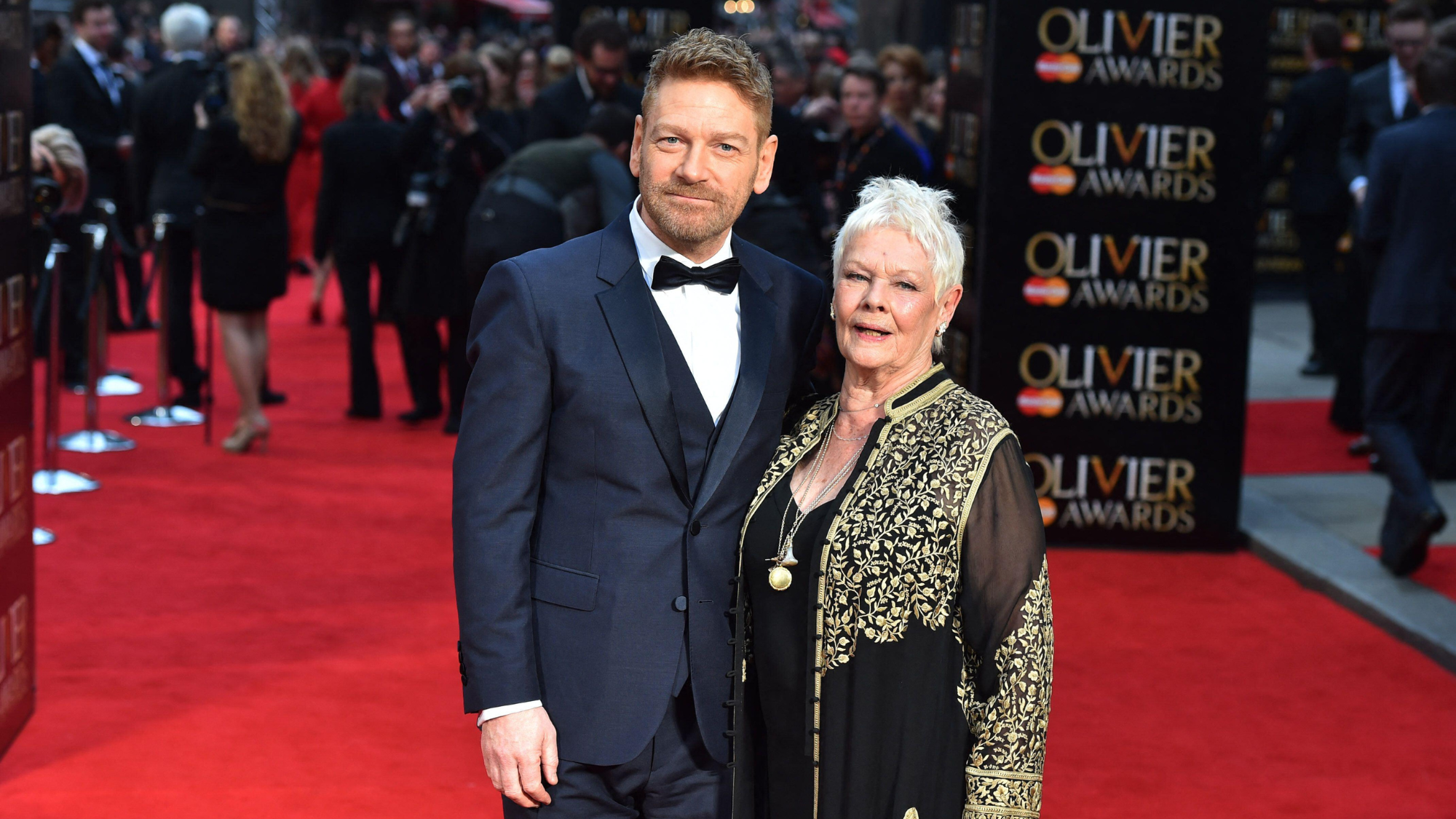Is your cat a mass murderer?
Kitties can be cute, but they're also serious predators to all kinds of smaller creatures — consuming an average of 2.1 a week

Cats aren't just the harmless, purring balls of fur depicted in unbearably cute YouTube videos. They're also cold-blooded killers, according to a new study by University of Georgia researchers. And their murderous streak isn't just a matter of survival — many house cats kill their prey, birds, lizards, snakes, frogs, rodents — for sport. Is kitty really living a double life as a murderer? Here, a brief guide:
How did researchers reach such a damning conclusion?
Working with a National Geographic CritterCam team, they attached lightweight, weatherproof cameras to collars, each outfitted with an LED light and a tracking device, to the pets of 60 volunteers in Athens, Ga. Then they turned the cats loose, collecting the cameras later to see what the wandering felines had been up to.
The Week
Escape your echo chamber. Get the facts behind the news, plus analysis from multiple perspectives.

Sign up for The Week's Free Newsletters
From our morning news briefing to a weekly Good News Newsletter, get the best of The Week delivered directly to your inbox.
From our morning news briefing to a weekly Good News Newsletter, get the best of The Week delivered directly to your inbox.
What did they find?
After examining an average of 37 hours of footage per cat, the researchers found that 30 percent of the animals were serial critter killers. On average, the cats in the study whacked 2.1 other animals per week. And the felines appeared to be equal opportunity killers, with lizards, snakes, and frogs making up 41 percent of their prey, mammals such as chipmunks and voles accounting for 25 percent, insects and worms 20 percent, and birds 12 percent.
What did the cats do with their victims?
They only ate about 30 percent of their kill. The kitties carried home 23 percent of the dead animals in one piece (more or less). They left 49 percent to rot at the scene of the crime. It's that kernel of information that led the researchers to conclude that cats are killing far more animals than previously thought. "The previous estimates were probably too conservative," says University of Georgia researcher Kerrie Anne Loyd, "because they didn't include the animals that cats ate or left behind."
A free daily email with the biggest news stories of the day – and the best features from TheWeek.com
Isn't this just natural?
Yes and no. Remember, cats are protected from predators by their owners, which helps explain why there are 74 million of them in the U.S. today. Even if only a small portion of them kill their prey regularly, that's enough to wipe out about 4 billion animals, including at least 500 million birds, every year. "Cat predation is one of the reasons why one in three American bird species are in decline," said George Fenwick, president of American Bird Conservancy. And cats put another species at risk with their carousing — themselves.
How so?
The kitties on the loose in the University of Georgia study engaged in all kinds of risky behavior. Forty-five percent crossed roadways, 25 percent ate and drank materials they found, 20 percent explored storm drains, and another 20 percent ventured into other tight spots where they could become trapped.
Sources: Chattanoogan, Discovery, Los Angeles Times, TIME, USA Today
-
 Tea with Judi Dench: ‘touching’ show is must-watch Christmas TV
Tea with Judi Dench: ‘touching’ show is must-watch Christmas TVThe Week Recommends The national treasure sits down with Kenneth Branagh at her country home for a heartwarming ‘natter’
-
 Codeword: December 24, 2025
Codeword: December 24, 2025The daily codeword puzzle from The Week
-
 Sudoku hard: December 24, 2025
Sudoku hard: December 24, 2025The daily hard sudoku puzzle from The Week